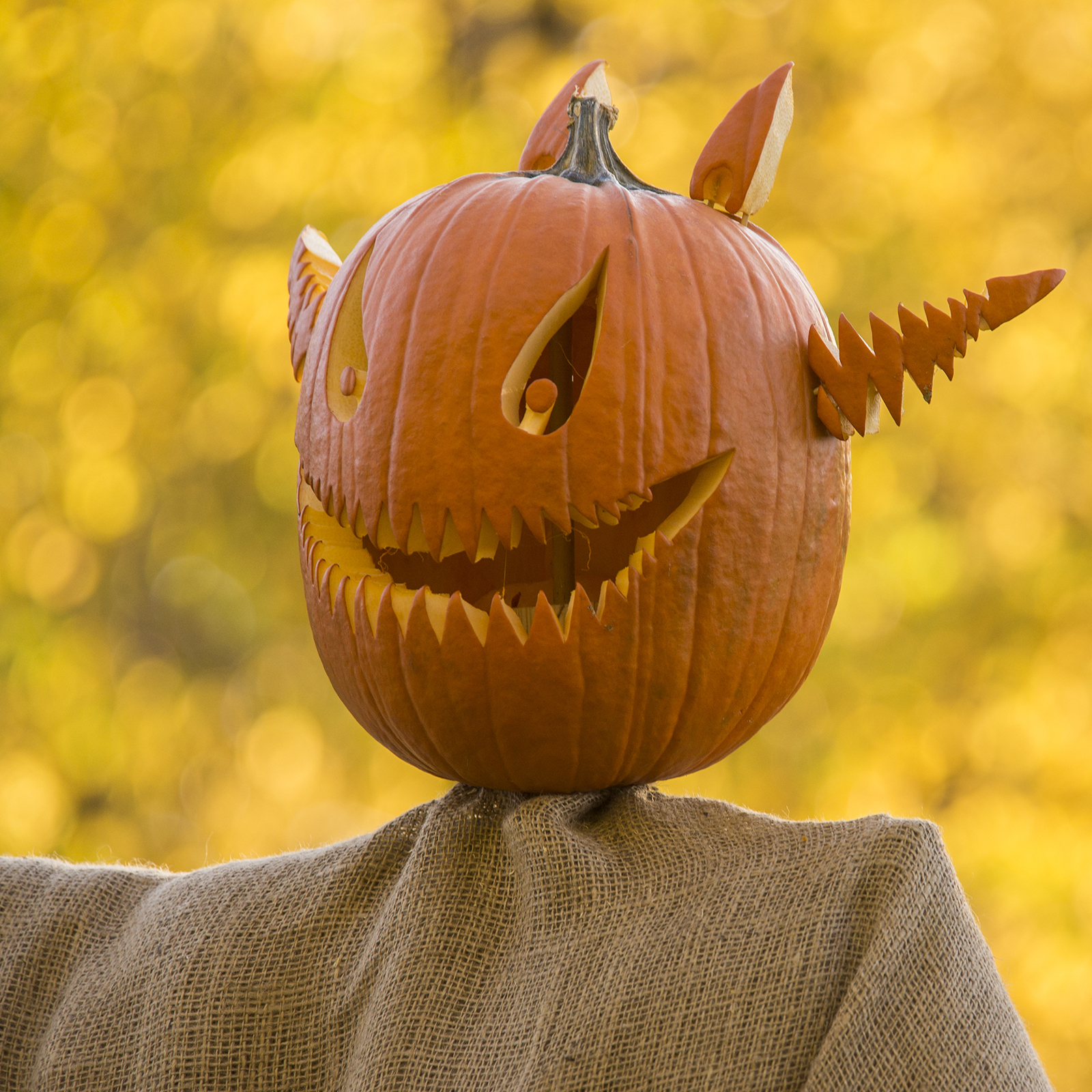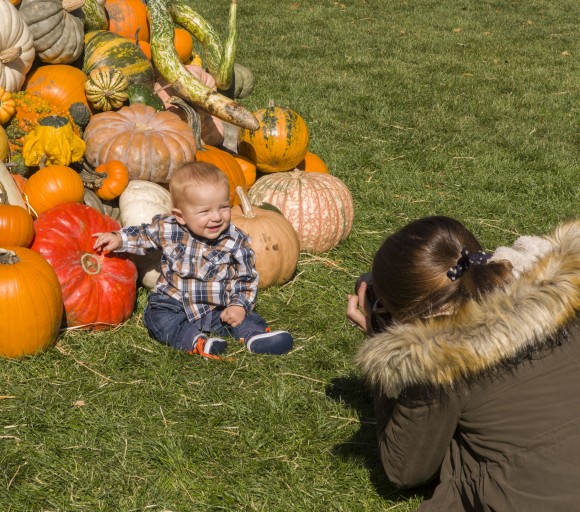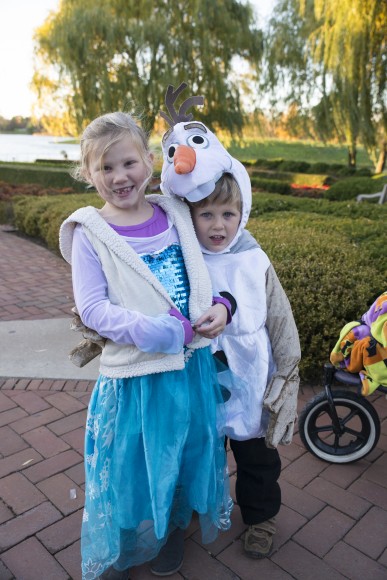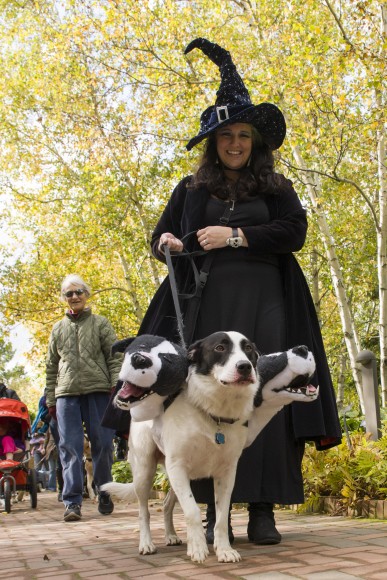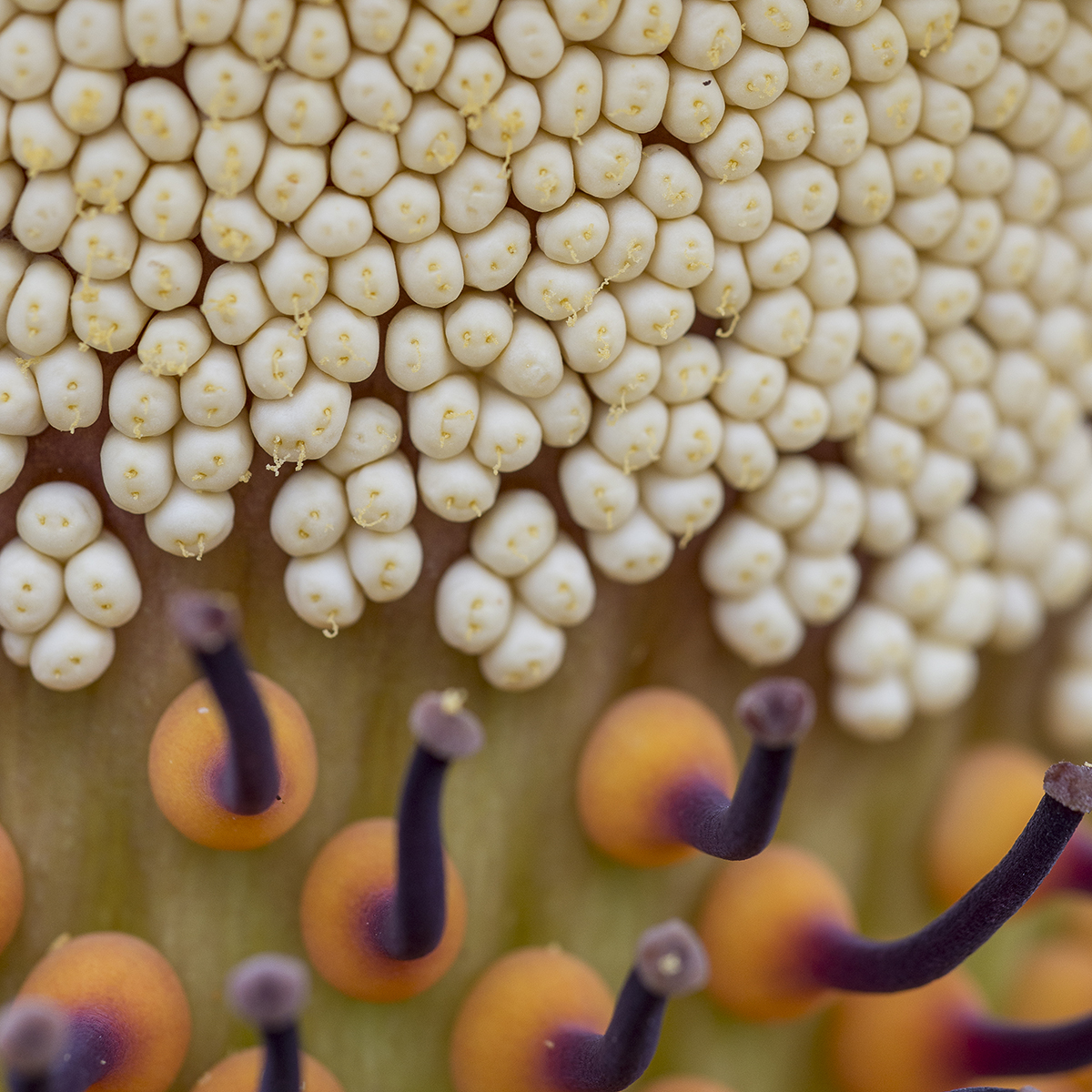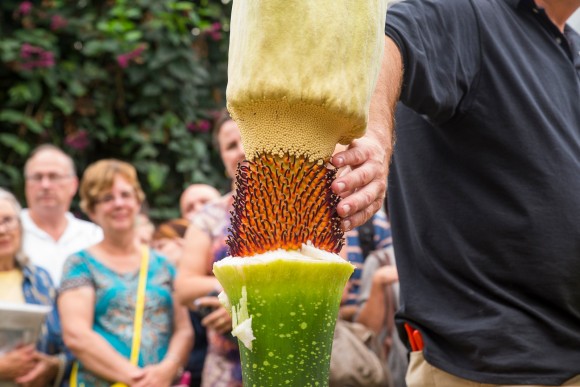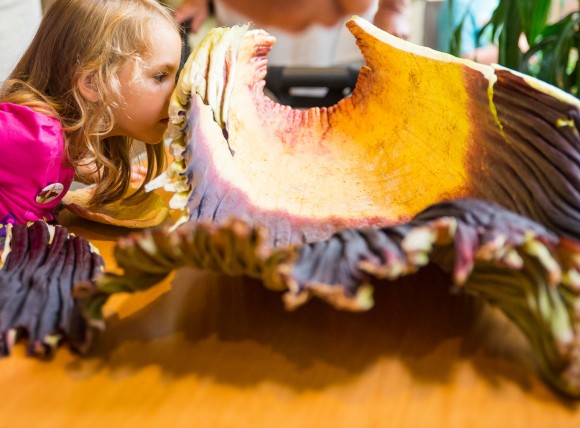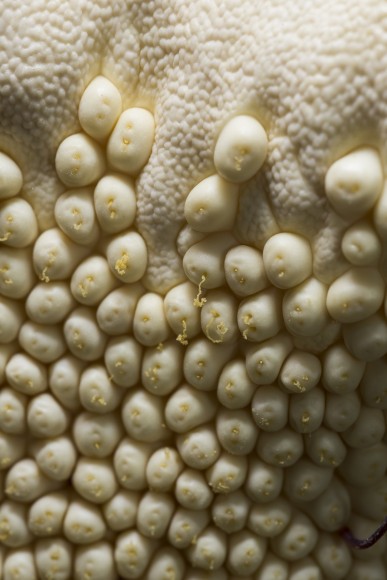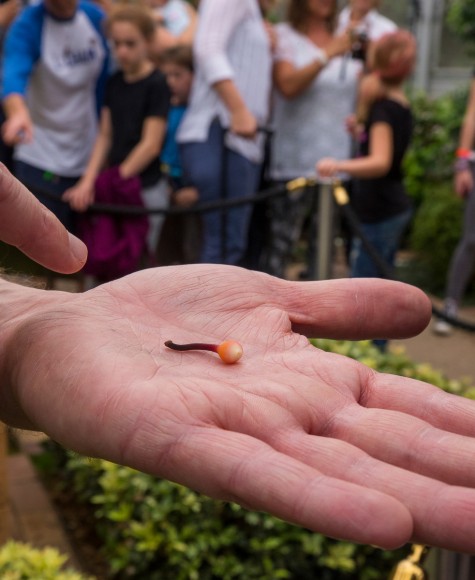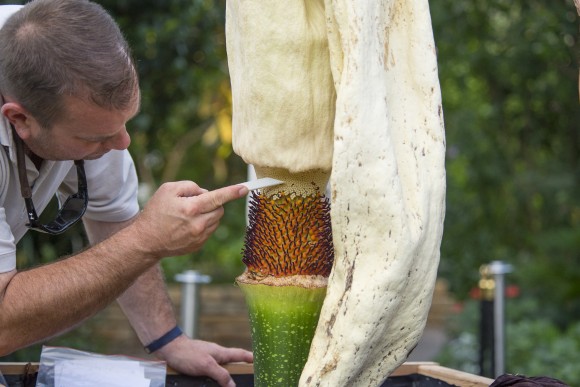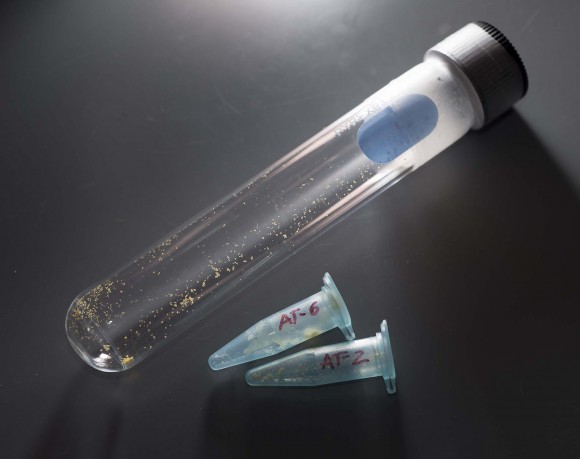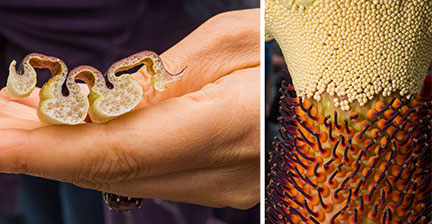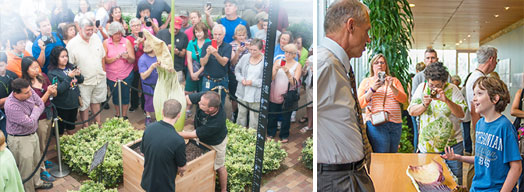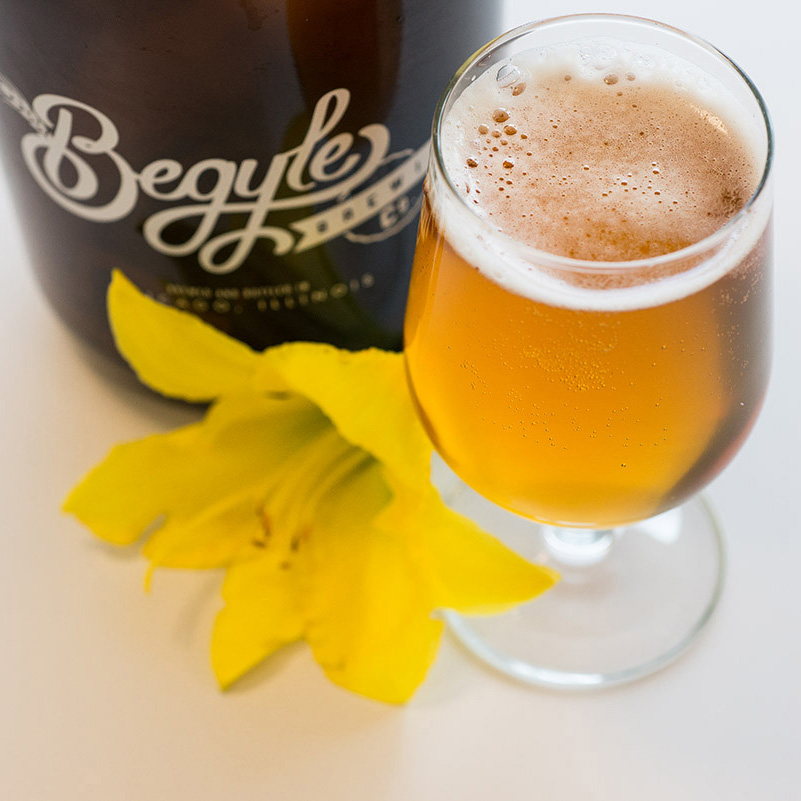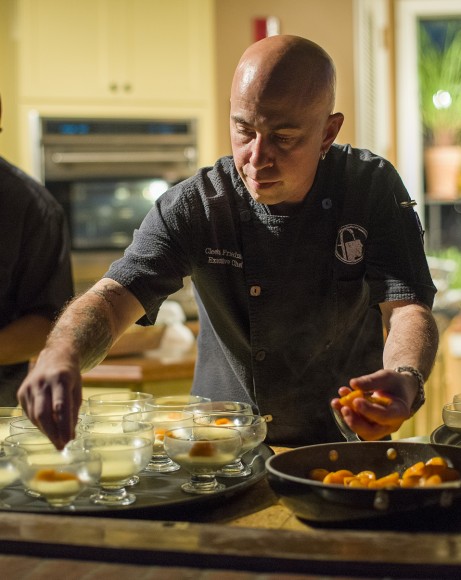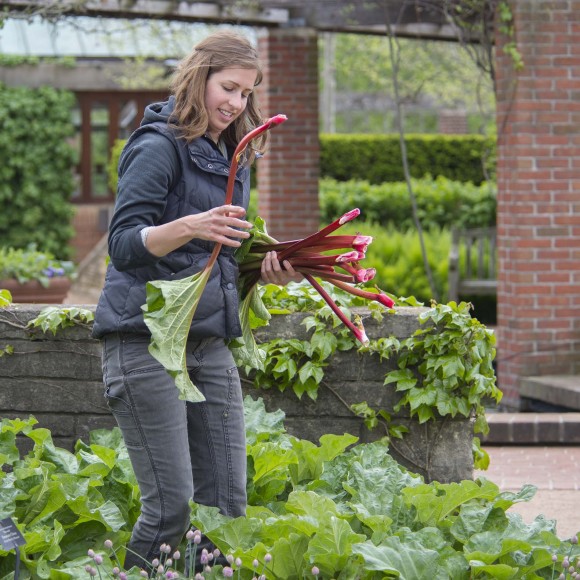Fall is the season to spend outdoor time with the family. With school occupying the weekdays and thoughts of the busy holidays ahead, every autumn weekend counts!
For some families, “Let’s go look at the leaves” works as an autumn weekend rallying cry year after year (Welcome back!). But other families need a little more than color for motivation. Here are our suggestions for some fun fall things to do together at the Chicago Botanic Garden—and what to say to get the kids interested:
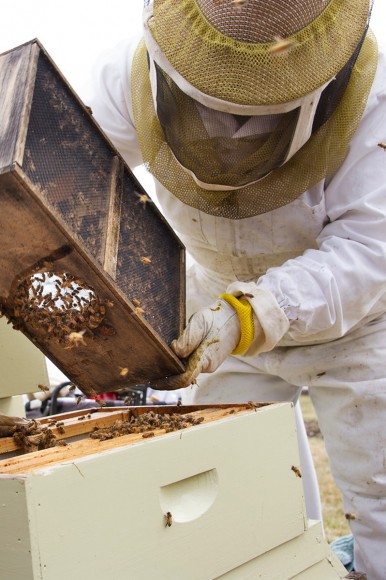
“Let’s go meet the beekeepers.”
Harvest Weekend is September 19 to 20. The whole family can head out to the Regenstein Fruit & Vegetable Garden for a day full of fun and interesting topics: talk face-to-hood with the beekeepers; sample the apple expert’s varieties and discuss how to plant an apple tree in your yard; learn how to pickle, can, and preserve and how to keep growing veggies into winter; and join in on a honey tasting! There’s fun stuff for little kids, of course, and for foodies there’s a cookbook swap—bring a gently used cookbook and take a “new” one home!
Also that weekend: It’s the final Malott Japanese Garden Family Sunday of the season, a good day for exploring more about Japanese culture (creative kids will dig the gyotaku, or fish prints).

“Let’s go for a bike ride.”
Rent a bike on site at the Garden or BYO (bike your own) here via the spiffy new Green Bay Trail linkup and North Branch Trail addition along Lake Cook Road. Park your bike at the Visitor Center or Daniel F. and Ada L. Rice Plant Conservation Science Center, and hike around to see the mums, the first fall color in the McDonald Woods, and the taller-than-your-head grasses in the Dixon Prairie.
Every weekend in September: free, fun activities for your toddlers, preschoolers, and elementary school kids! Bring them to Family Drop-ins under the arbor at the Regenstein Fruit & Vegetable Garden. Hands-on activities for fall include making pumpkin prints and playing sniff & guess!
“Let’s go see Gourd Mountain.”
Fall Bulb Festival is October 2 to 4. Everybody loves Gourd Mountain, the giant pile of picture-perfect gourds on the Esplanade (holiday photo, anyone?). It’s the centerpiece of Fall Bulb Festival, which combines the always-anticipated indoor Bulb Sale with an outdoor harvest marketplace. Sip a cider while you munch on cinnamon-roasted almonds, or enjoy a glass of wine or beer while you browse the booths. The straw-bale maze is a giggling playground for kids or all ages. Add live music, and brilliant fall color and enjoy the Garden in its full fall glory.
Also that weekend: Take advantage of the October 4 Farmers’ Market to buy freshly harvested fruits, vegetables, and fall crops, with an eye toward canning and preserving. (Did you get your recipes from Harvest Weekend’s cookbook swap?)
“Let’s go trick-or-treating.”
We have three weekends to show off your costumes at the Garden this year!
Come in costume to Trains, Tricks & Treats (October 17 to 18) and HallowFest (October 24 to 25), and bring the dog in costume, too, for Spooky Pooch (read more below)! The Model Railroad Garden: Landmarks of America hosts Trains, Tricks & Treats especially for toddlers and preschool train enthusiasts, with spooky-friendly decorations and the garden’s famous miniature landmarks decked out in Halloween style. We’ll be handing out small treats and treasures, too—and a Halloween plant to take home! (Admission applies.)
“Things” get a little creepier at HallowFest, as night falls at the Garden: start with scar-y face painting, then check out the bat cave, the haunted forest, the awesome carved pumpkin gallery, and the ghost train at the Model Railroad Garden. Then…dance party! Excellent family photos, right?
“Let’s dress the dog up!”
Spooky Pooch Parade is on Halloween this year—Saturday, October 31! If you haven’t been to Spooky Pooch Parade yet, you’re in for a “treat!” For two hours only (11 a.m. to 1 p.m.), the Garden throws open its doors to human’s best friends (on leashes) for a truly zany costume contest and pet parade, and one of the most fun and popular days of the year. The competition is stiff—last year’s overall winner was the entire cast of The Wizard of Oz!
Also that weekend: the Roadside Flower Sale is the best resource in town for the beautifully crafted dried flower arrangements, cornucopia, wreaths, bouquets and decorations you crave for the holidays. Dried flowers, grasses, and pods are collected all year long by a dedicated group of volunteers, who spend months designing and crafting the 300-plus items for sale; it’s been a Garden tradition since 1980.
See you at the Garden this fall!
©2015 Chicago Botanic Garden and my.chicagobotanic.org

